Brave and Bold: Raoul Dufy’s Fabric
French artist Raoul Dufy is one of the most celebrated artists of the 20th century, known for his brilliantly colourful, spirited artworks that convey a world of eternal optimism. Although he is primarily remembered today as a painter, there is another, less publicised side to Dufy – that of a pioneering textile designer. He produced over 5,000 different textile patterns in a signature style that was big, bold and experimental, and his fabrics attracted some of the world’s leading fashion designers and commercial textile manufacturers. Much like his art, Dufy’s textiles were a celebration of life, bringing daring, playful fun into the clothing, interiors and furnishings they came to adorn.
Dufy was born in 1877 in Le Havre on the French coast, and it might well have been here that the artist first became attracted to fabric, watching it billow and flap around the colourful boats that came and left the busy local harbour. After leaving school at the age of 14, Dufy took on a job for a local coffee importing company, and the boats that came and left with aromas from far flung places must have become all the more magical and entrancing. After enrolling in night classes at the Ecole des Beaux Arts in turn-of-the-century Paris, Dufy earned a scholarship to train as a painter at the École Nationale Superieure des Beaux-Arts.
As a young graduate Dufy first made his name as a Fauvist painter and printmaker, but struggling to pay the bills, he also turned his hand to various commercial ventures including illustration and graphic design. Dufy was a talented wood engraver and it was this side of his practice that first attracted the attention of the established fashion designer Paul Poiret, who became a mentor to Dufy, coaxing Dufy into becoming a textile designer for his fashion house. Under Poiret’s wing, Dufy began creating a series of woodblock printed textile designs.
Dufy immediately took to textile design, immersing himself entirely in the printing and manufacture processes, making many of his designs by using wooden printing block and hand printing techniques. He loved experimenting with the latest dyes and printing techniques and his designs were nothing short of radical. Poiret catapulted Dufy’s textiles into the spotlight, incorporating them into his daring dress designs that shocked and amazed Parisian audiences. With Poiret’s help, Dufy was able to set up a textile printing studio that he called La Petite Usine (The Little Factory), in 1911, and it was here that Dufy’s career as a pattern designer and textile producer really took off.
The designs that Dufy produced were equally as radical as his paintings. Dense, floral patterns were his favourite, but they made a radical break with the quaint paisleys of the past, instead employing large, daring repeat motifs in simple, bright colours, designed to immediately attract attention. Inspiration for Dufy’s textiles came from a variety of sources, including the African and Oriental fabrics, prints and artefacts that were being imported into Paris. Dufy also looked back to the Toile de Jouy style popular in the late 18th century, with its flora and fauna, hunting scenes and depictions of leisure pursuits in repeat pattern. He even incorporated elements of Art Deco design into his prints for Poiret, with large, bold and angular shapes.
In 1912, Dufy’s designs for Poiret attracted the luxury silk manufacturers Bianchini-Férier, who hired Dufy to create a series of patterned silk fabrics. Their collaboration was so successful it would last a further two decades. In his silk pattern designs Dufy developed a new style that was defined by light, airy lines and bold blocks of impossibly bright colour, incorporating more elements of detail, narrative and storytelling than his earlier textile patterns. Fascinatingly, these silk patterns echoed the language of Dufy’s late art, demonstrating just how closely intertwined the strands of his creative practice really were.





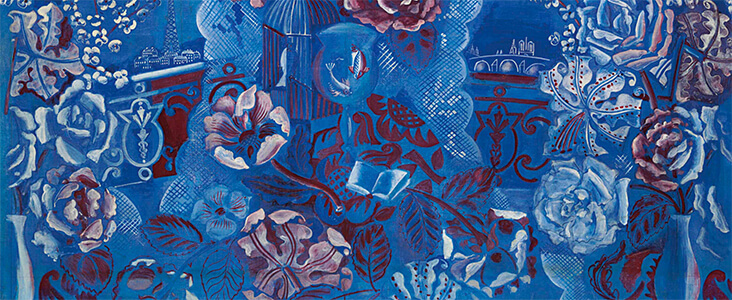
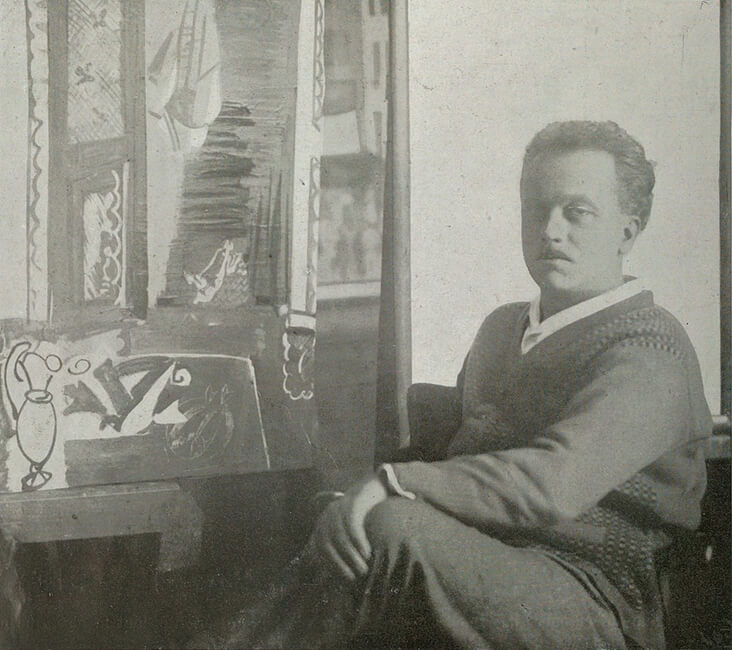

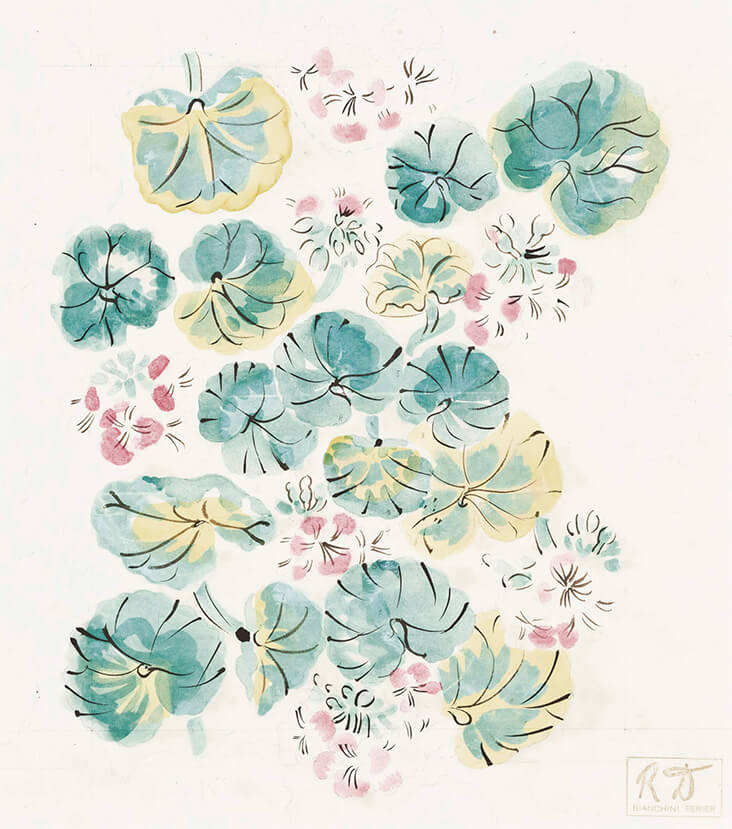
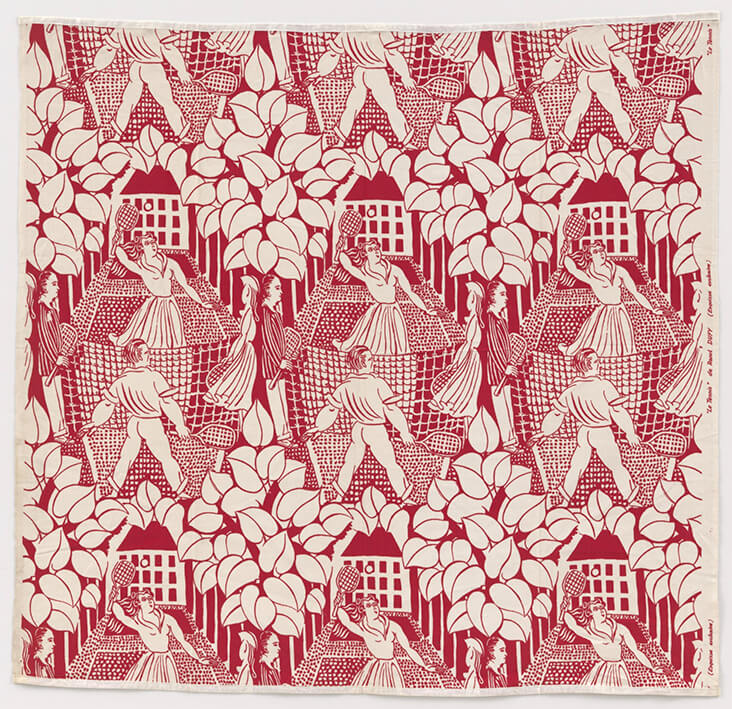

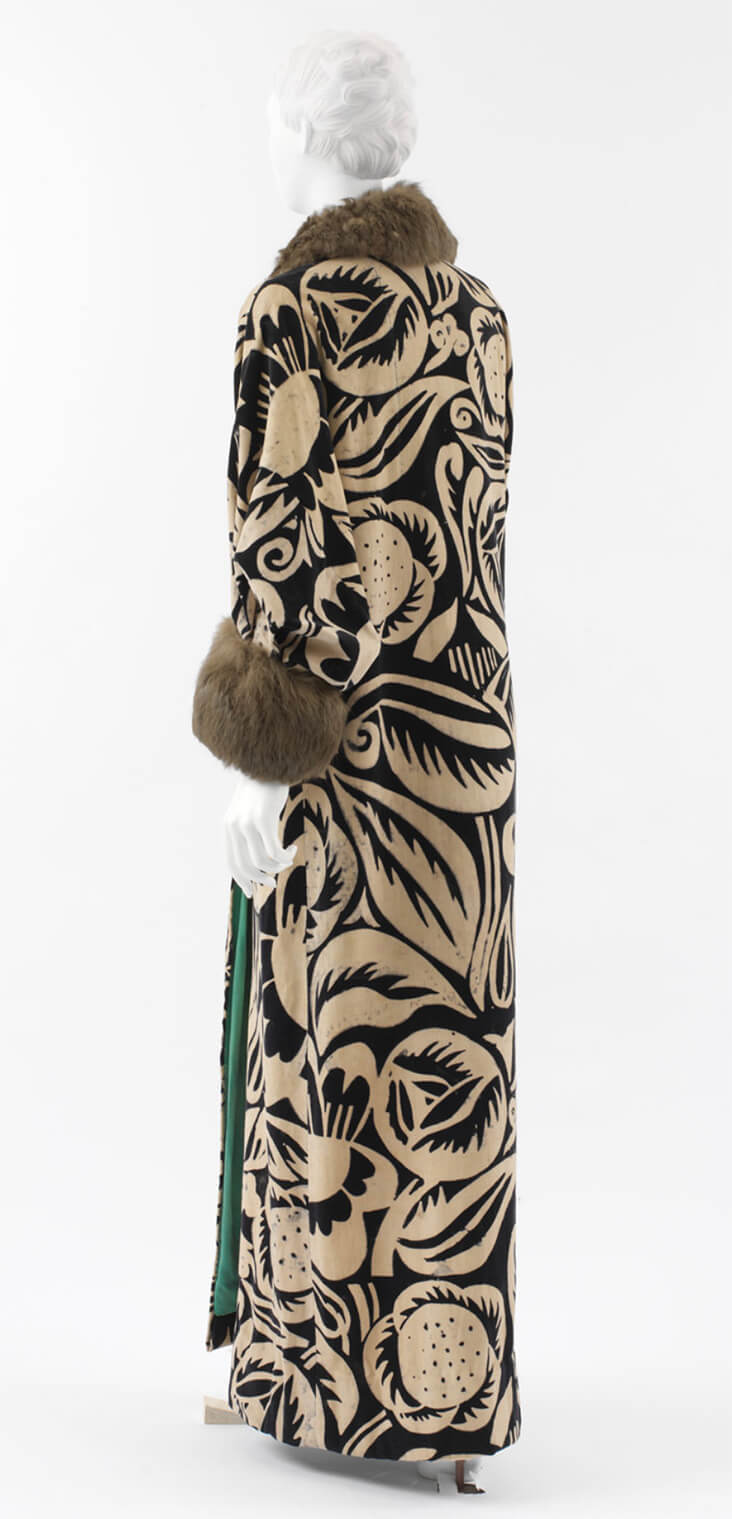
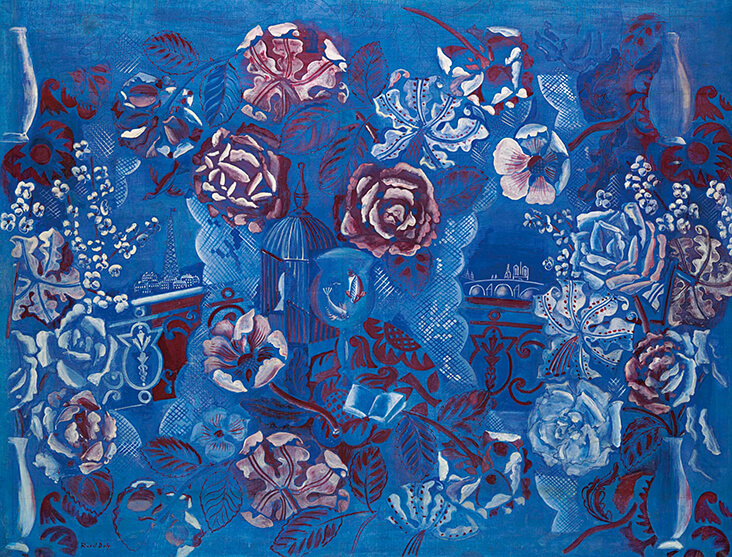










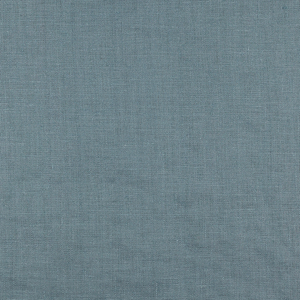














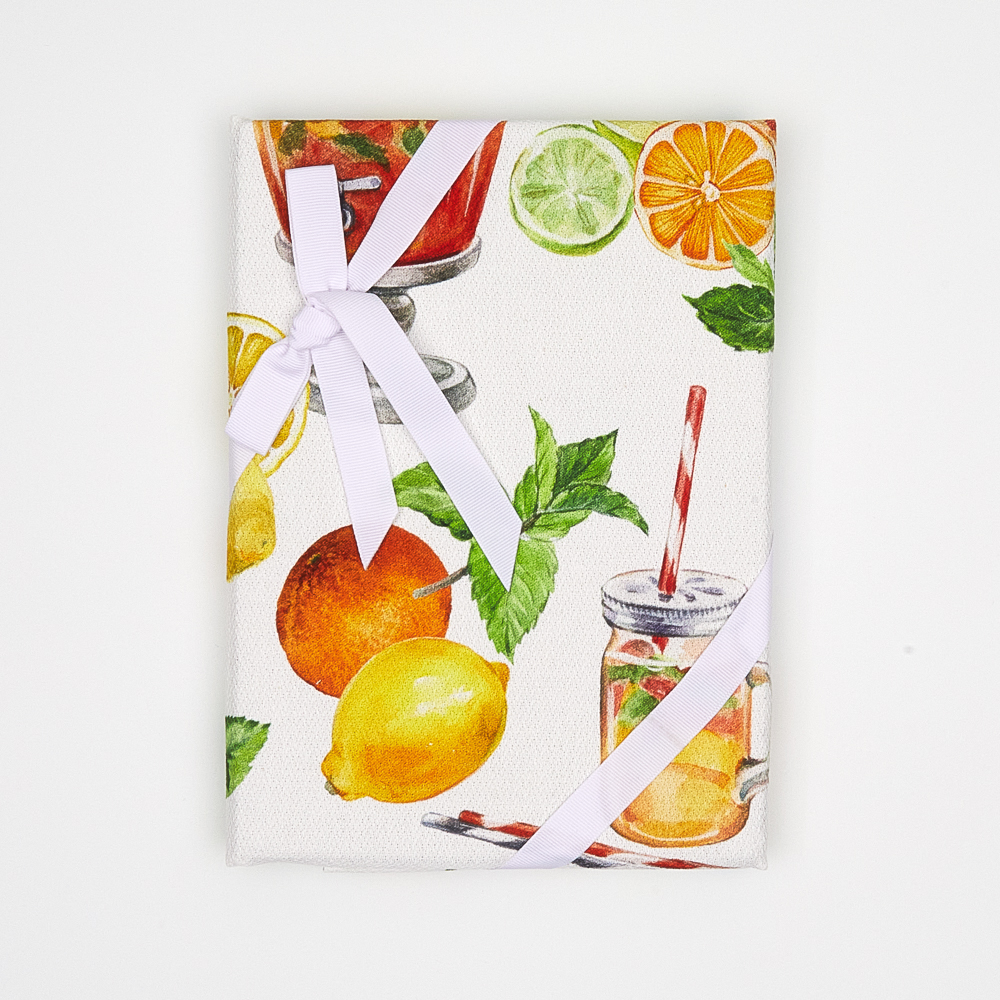






6 Comments
Msapir13@gmail.com Sapir
Thank you for the article and pictures. I didn’t know that about Dufy.
Roxanna Rutter
Thank you for a full, rich, inspiring background articles on Raoul Dufy and textile designs.
Very informative and enriching!
Martha F Davis
Wonderful article.. gives one great creative ideas.
Kate Renwick
Love your articles. You find artists I don’t know about and I learn so much.
Vicki Lang
What bold prints. Sure to get you noticed in what ever is made from these prints. thank you for the great article.
Rosie Lesso
Thank you all for the great feedback – he was an incredible man!